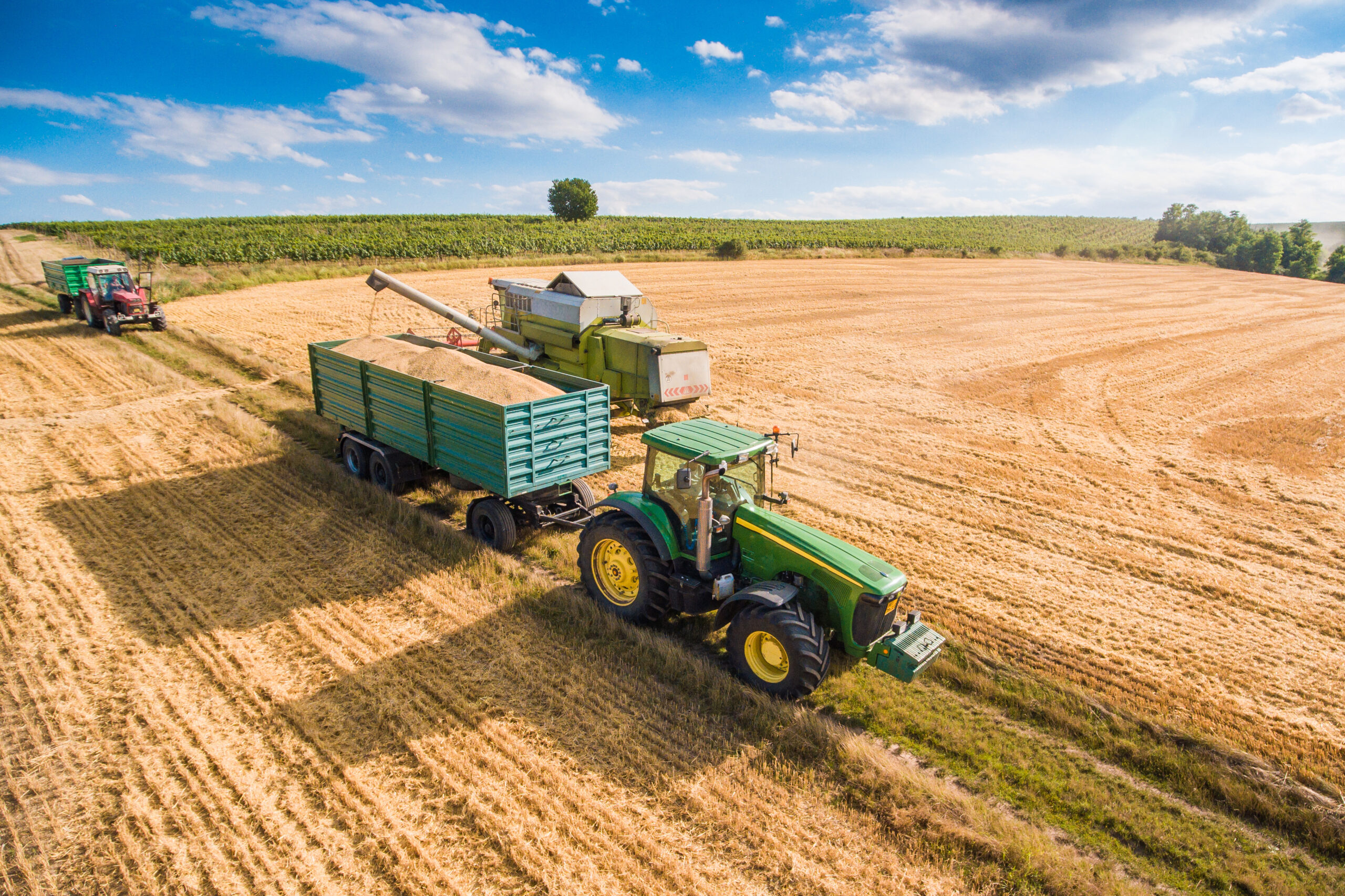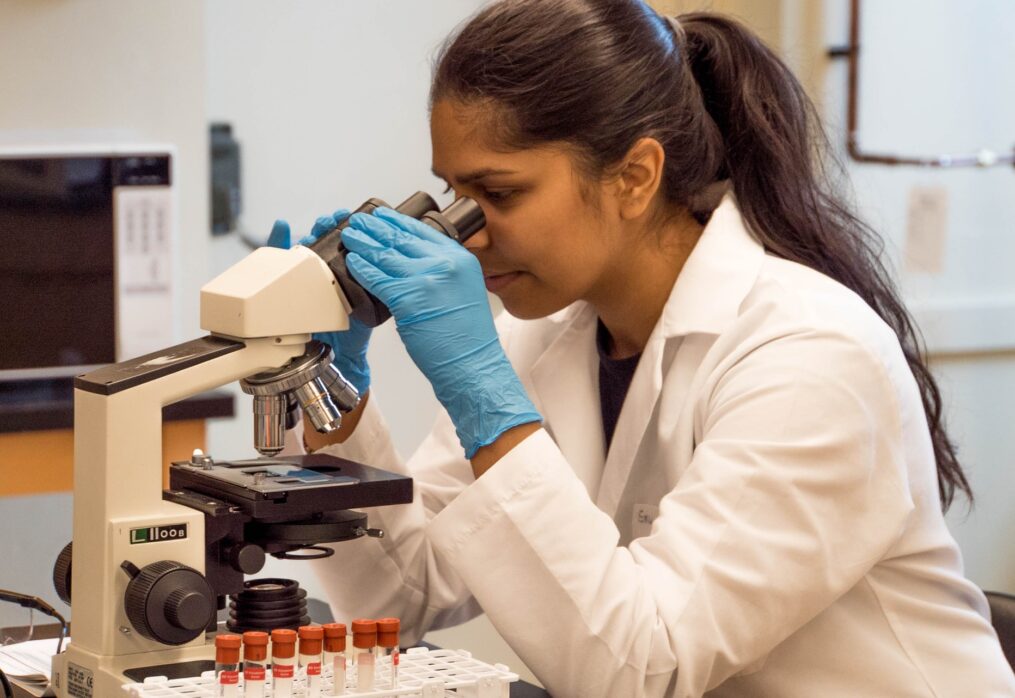U.S. breeders develop high-yield grain legumes variety
Why a high-yielding variety of grain legumes is needed
U.S. plant breeders are actively working to improve the productivity of the agricultural industry. They want to create a high-yielding variety of grain legumes that is characterized by significant nutritional value. In addition, the specialists face the task of making the plants resistant to disease and drought.
For the development of such varieties in 2021, the relevant ministry has allocated funds to a group of breeders led by Kevin Murphy. The grant amounted to 10 million dollars, which will go to the creation of new varieties of wheat, peas, quinoa, barley and others.
Scientists note that most often breeders are focused on creating crops that will produce a high yield, and often forget about the nutritional value. Therefore, new varieties should combine the two qualities so that the cultivation of such seeds would be profitable for farmers and in demand among consumers.
A major challenge for the agricultural industry right now is increased consumption. Experts predict that the world population will reach 9 billion by 2050 and that humanity will face food shortages. Therefore, even today we need to take care of increasing the yield and production of agricultural products. However, in this case we should not forget about quality. The nutritional value of cereals is no less important than their yield. Breeders who work on new varieties point out that the growing population of the planet needs not only enough calories, but also good quality nutrition. And that means scientists need to consider both factors when creating new crops.
However, in this case we should not forget about quality. The nutritional value of cereals is no less important than their yield. Breeders who work on new varieties point out that the growing population of the planet needs not only enough calories, but also good quality nutrition. And that means scientists need to consider both factors when creating new crops.
There is a widespread myth among consumers that previously developed varieties of grain are much more nutritious than modern ones, but this is not true. The fact is that they are not adapted to growing under modern conditions, and their quality characteristics fall. Therefore, breeders regularly develop new varieties that are resistant to weather conditions, pests and diseases. The ideal varieties today are grains that provide a high yield and have a good nutritional value. These are the kinds of varieties that scientists under Murphy’s direction are planning to create.
It should also be understood that high-yielding crops are not enough to get large yields. Much depends on the soil, its saturation with nutrients. And this does not mean that you need to add as much fertilizer as possible — their use has a negative side. The right thing would be to find a balance in the use of chemicals, to pay attention to organic fertilizers, which have a more gentle effect on the soil. Scientists note that the agricultural industry should approach the solution of increasing production in a comprehensive manner, including the development of new high-yield varieties, as well as soil research and selection of optimal nutrition for it.
